When it comes to small living rooms, the challenge is to maximise the area and strategise an interior that is both smart and stylish. In this blog, we detail 16 ways in which you can make the most out of your small living room, so that it becomes elegant yet inviting.
Transform Your Small Living Room: Top 16 Design Ideas
Use Colors Smartly
If your living room is small, opt for paint colours such as white, grey or neutral shades. These are bright and open and will make your space feel bigger. However, don’t be afraid to go for some richer tones on smaller accents like cushions and vases.
Keep the larger pieces like sofas and rugs in the lightest shades possible, and add personality in the accessories and window treatments (that doesn’t mean overly grand treatments – sometimes light linens draped delicately around a window look more luxurious than an overblown or expensive valance). These pics of fabulous living rooms strike just the right balance between personality and spaciousness.
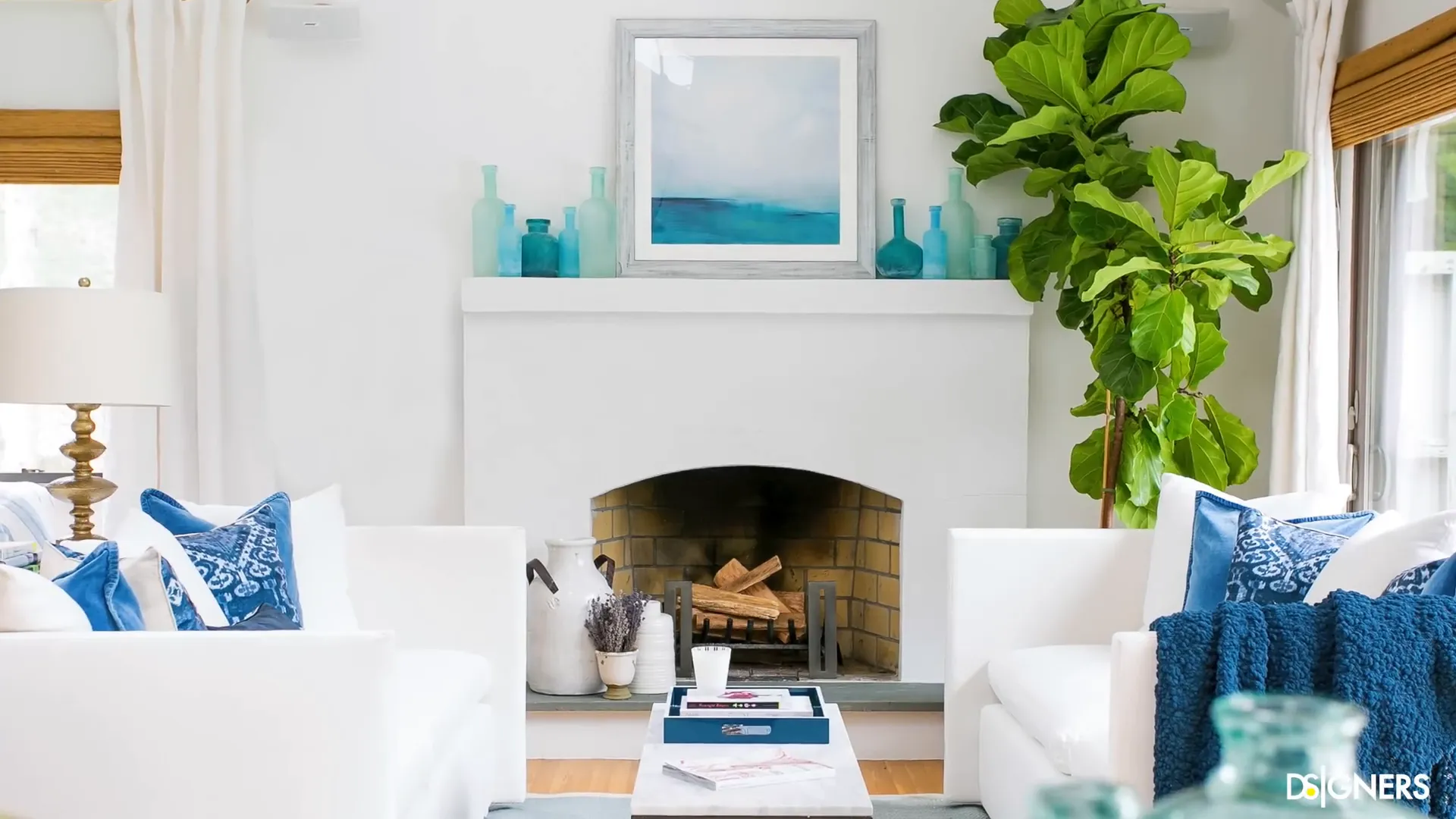
Pick a Proportionate Sofa
The sofa you pick is an important factor in creating an impression of space. Choose a few smaller, comfortable sofas that are easily movable, and which have simple lines and proportions. Pick furnishing that creates flow and balance in your layout.
Consider (1) modular sofas for (2) flexibility; they can rearrange based on your needs (3) providing versatility in a compact area. However, this adaptability is crucial (because) living spaces often demand change. Although some may prefer traditional seating, the practicality of such sofas cannot be overlooked, but (4) they truly offer a solution for modern lifestyles.
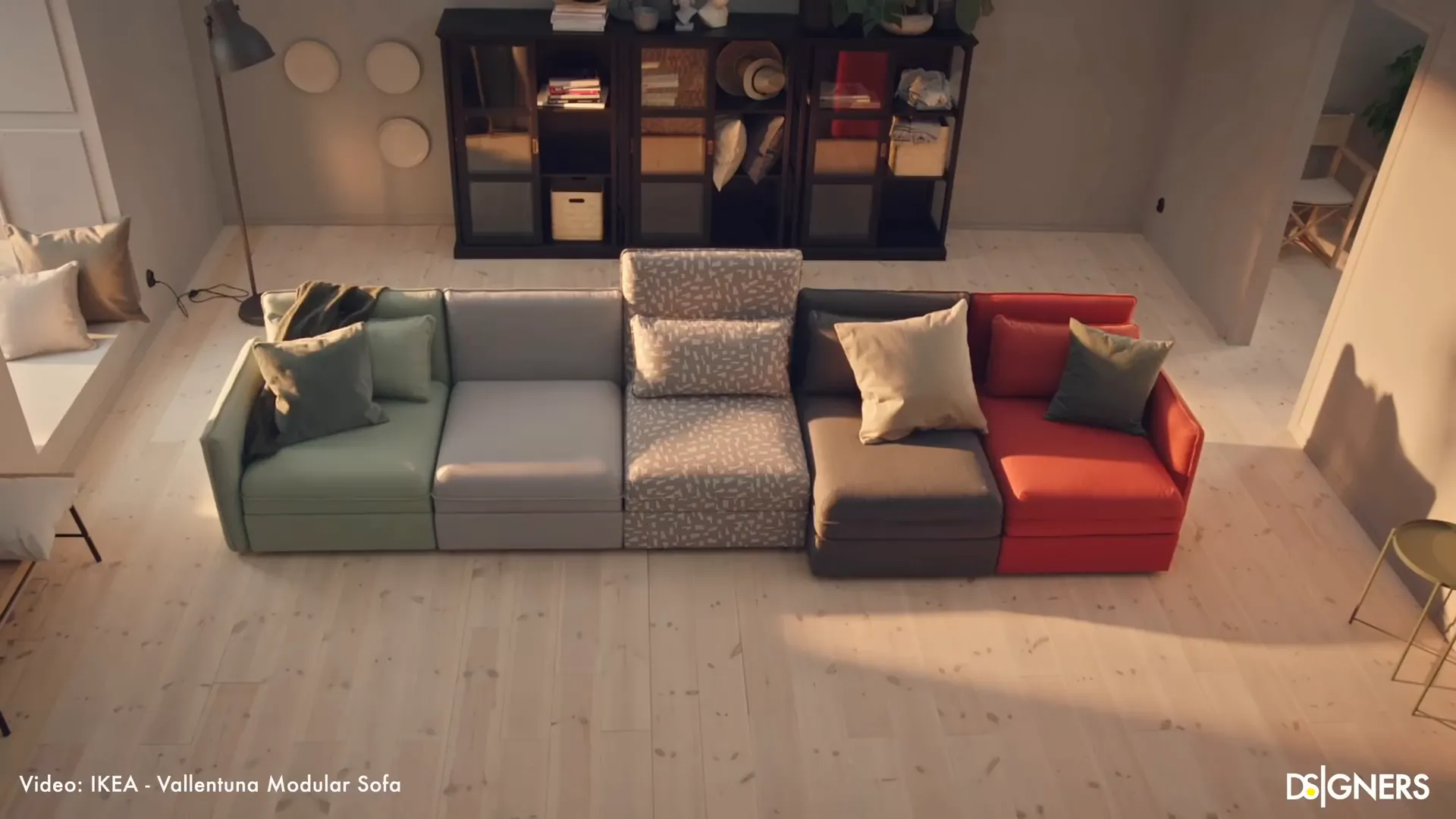
Layered Coffee Tables
In a small living space, one imposing coffee table can dominate, but layered tables with overlapping tops can hopscotch or expand as required. This set-up creates extra display or occasional use tables while giving the impression of lightness.
Layered tables (which are quite versatile) can serve as side tables; they may also be moved entirely (when not needed). However, their adaptability is noteworthy because they fit seamlessly into various settings. Although some may overlook their potential, this flexibility makes them indispensable.
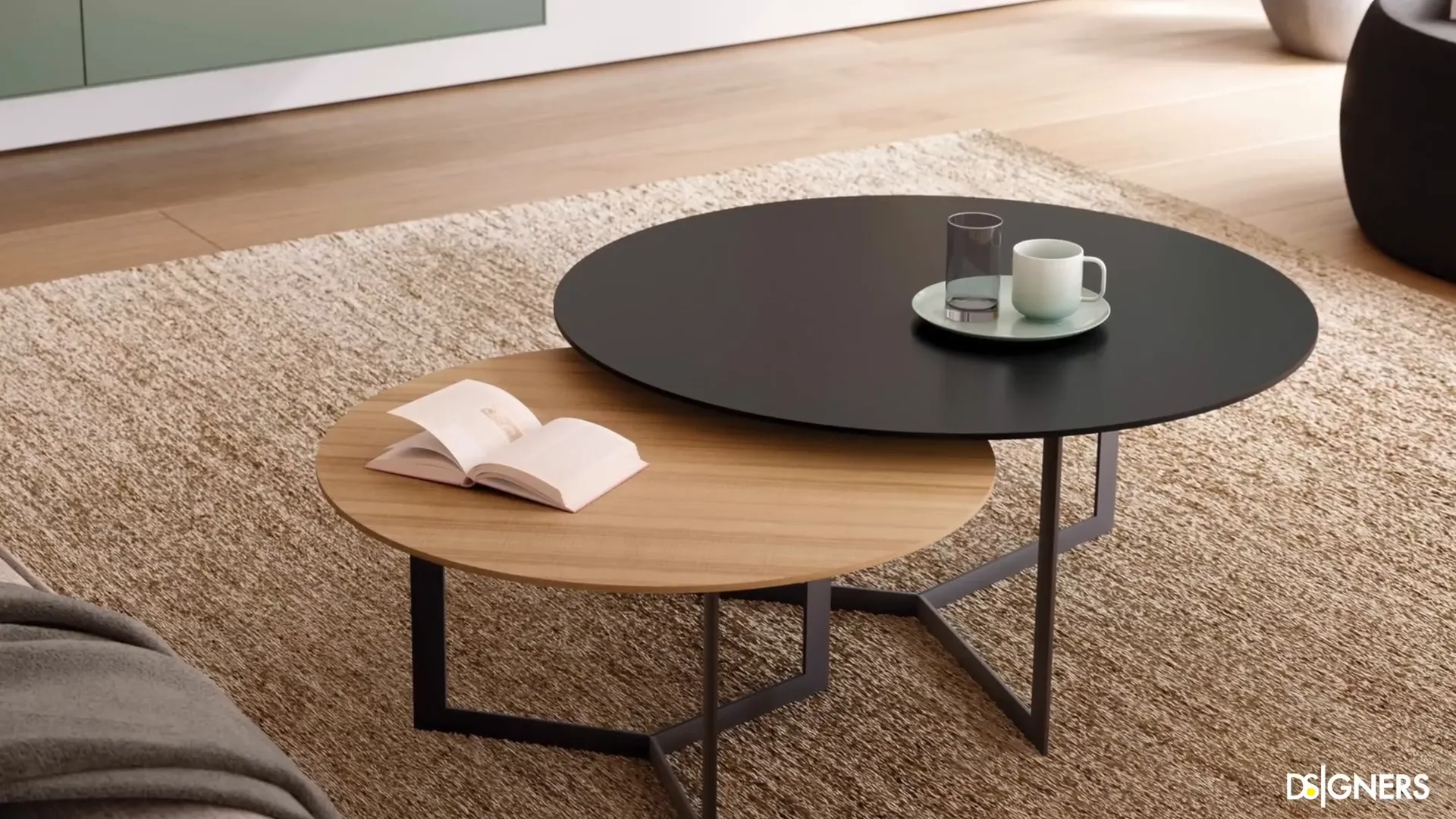
Use Ottomans with Hidden Compartments
Ottomans are versatile barges that can offer a place to rest your feet, serve as a side table, and serve as a secret cache for items under the seat. They are also useful in small living rooms.
Select ottomans (which) enhance your decor (1) by introducing a vibrant pop of color or interesting texture; however, they should also maintain practicality. This balance is crucial, because functionality is as important as aesthetics. Although it may seem challenging, finding such pieces is possible.
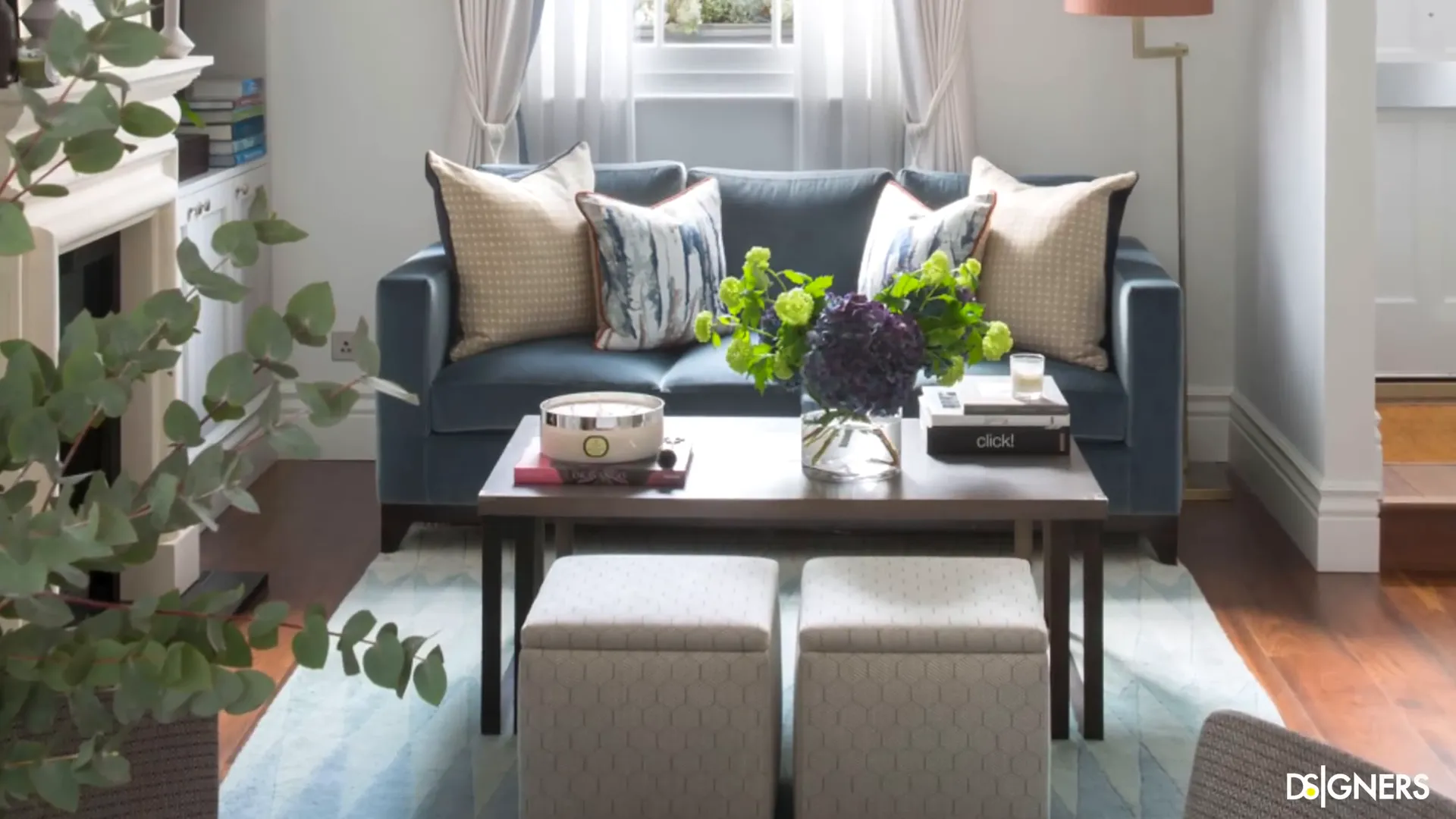
Follow Your Style but Keep It Simple
If you yell ‘styeeeee’ at the top of your voice, you’ll drive yourself nuts. In small rooms, simplicity reigns. You can pick a larger design style – bohemian, modern – and keep your large pieces neutral and pared down.
Utilize colorful cushions (and art) to enhance character without overcrowding (the room); allow space for energy to flow freely. However, this can be challenging because one must balance aesthetics and functionality. Although it's important to create a vibrant atmosphere, clutter can detract from the overall effect.
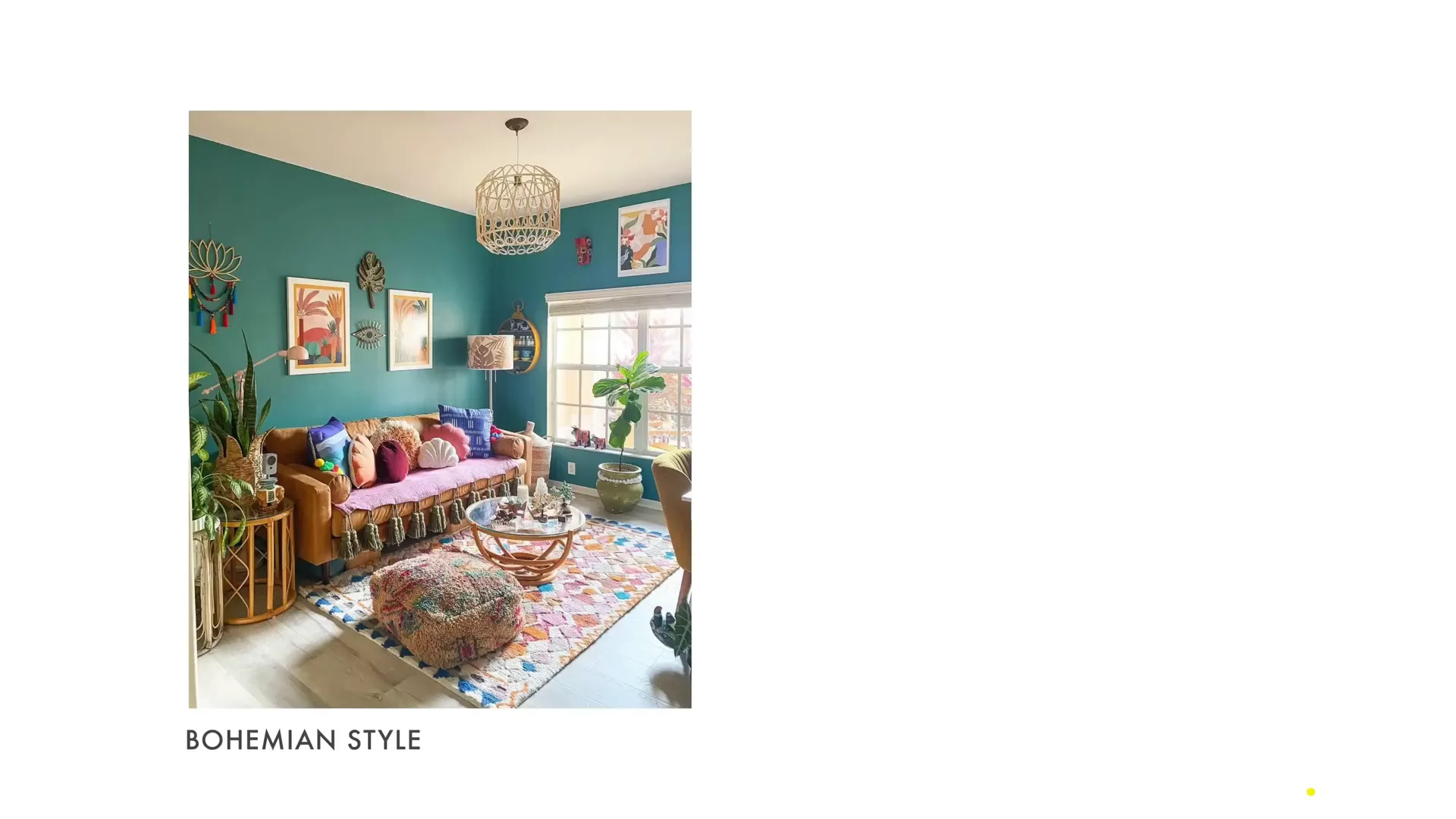
Make the Walls Function
Using wall space can dramatically improve circulation and organisation. Install shelves, bookcases or your TV on to the wall and open up floor space.
This approach (not only) enhances the room's (visual) appeal; it also creates a cleaner, more sophisticated look. However, the transformation is effective because it combines aesthetics with functionality. Although some might argue that simplicity is key, this method offers depth and character.
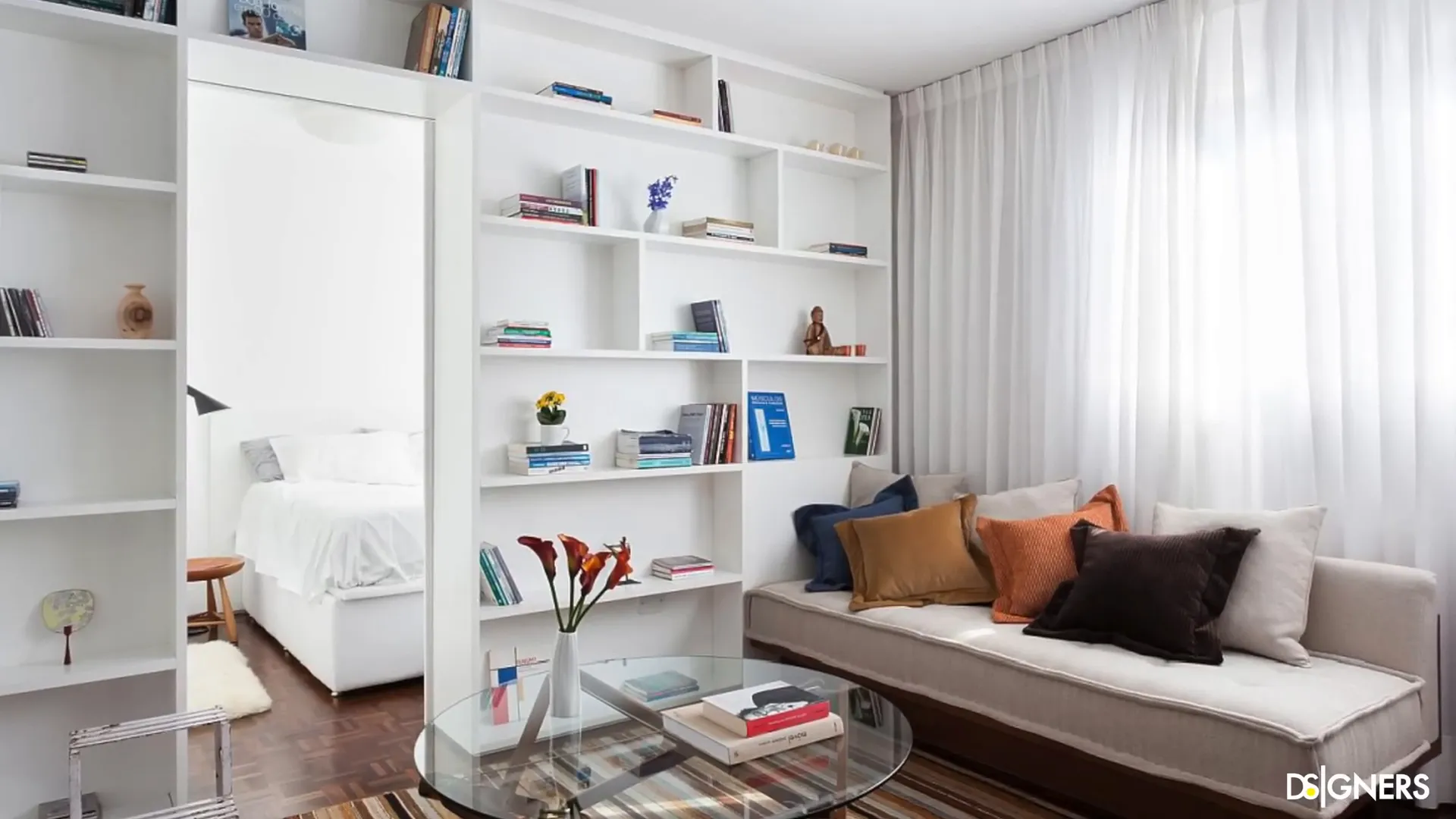
Unify the Space with the Right Rug
And then carpet choice – we have a light wooden floor and I chose a Belgian rug that matched the colour of our floor. It looks like it comes out of the floor, so it makes the whole room look good.
Engage with textures (and patterns) to delineate distinct areas (1) without compromising overall unity of space. However, this exploration should be mindful, because balance is crucial. Although one may wish to emphasize certain aspects, it is vital to maintain coherence throughout. But remember, each element contributes to the holistic experience of the environment.
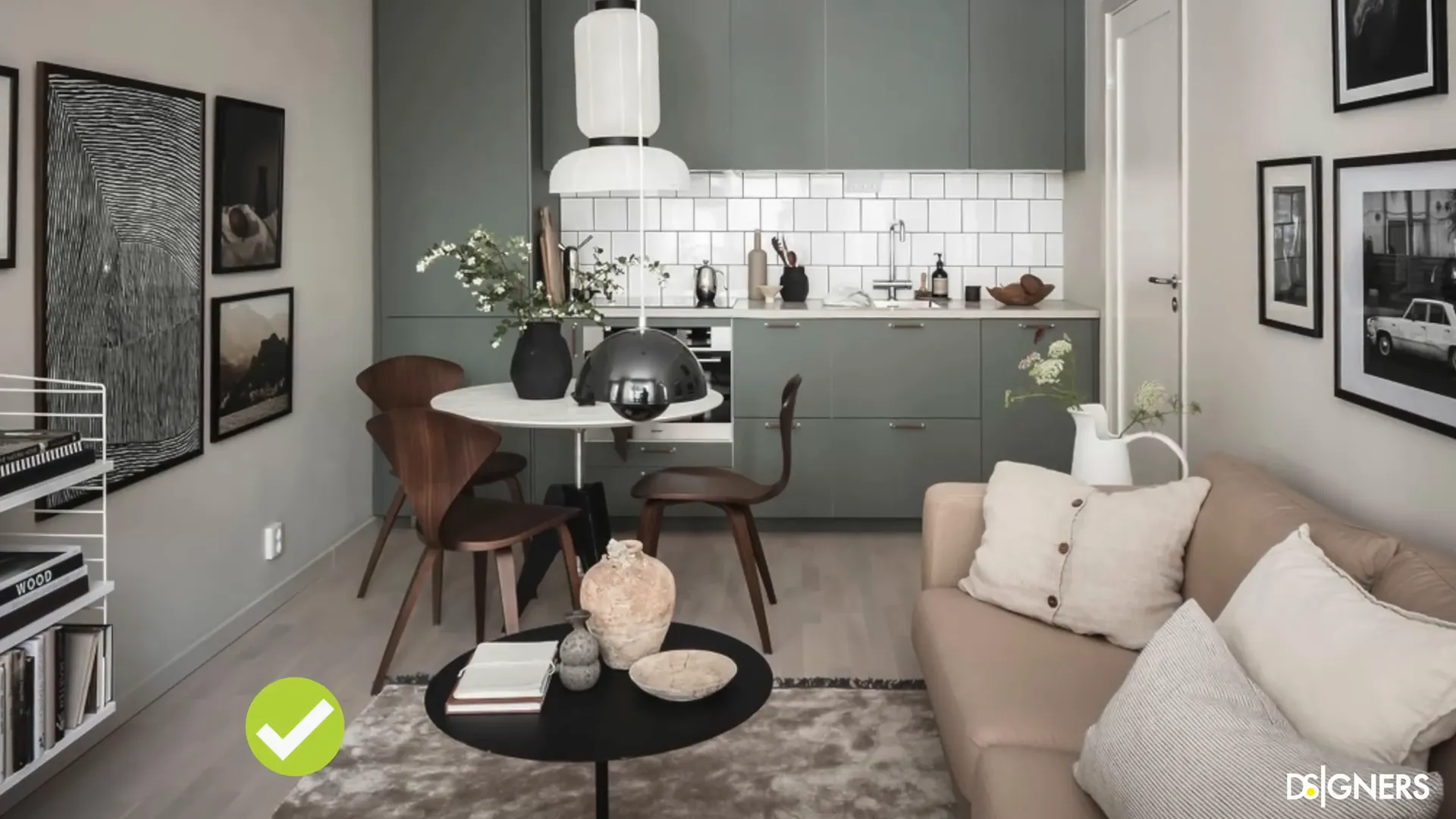
Pick the Right Rug Size!
Set your living room up for success by getting the rug size right. A small rug in a small living room can make your space feel a little bit off-balance. A large one can be equally overpowering.
Select a rug that fits the floor plan, defines space and defines zones without hindering the flow. This simple selection adds to the comfort with which the visual elements are received.

Think About Curtains
A good colour scheme for the living room is to select curtains that are the same shade as your walls, thus creating visual flow. A similar approach can be taken to the floor and ceiling – avoid shocks of colour, but look for contrasting hues to tie the two sets of fixtures together.
Curtains of light, airy fabric reaching right to the floor, and ceiling-skirting cornices create an optical illusion to lift the height of your ceilings. Or, if you want to look sleek and modern, match your wall colour with blinds.
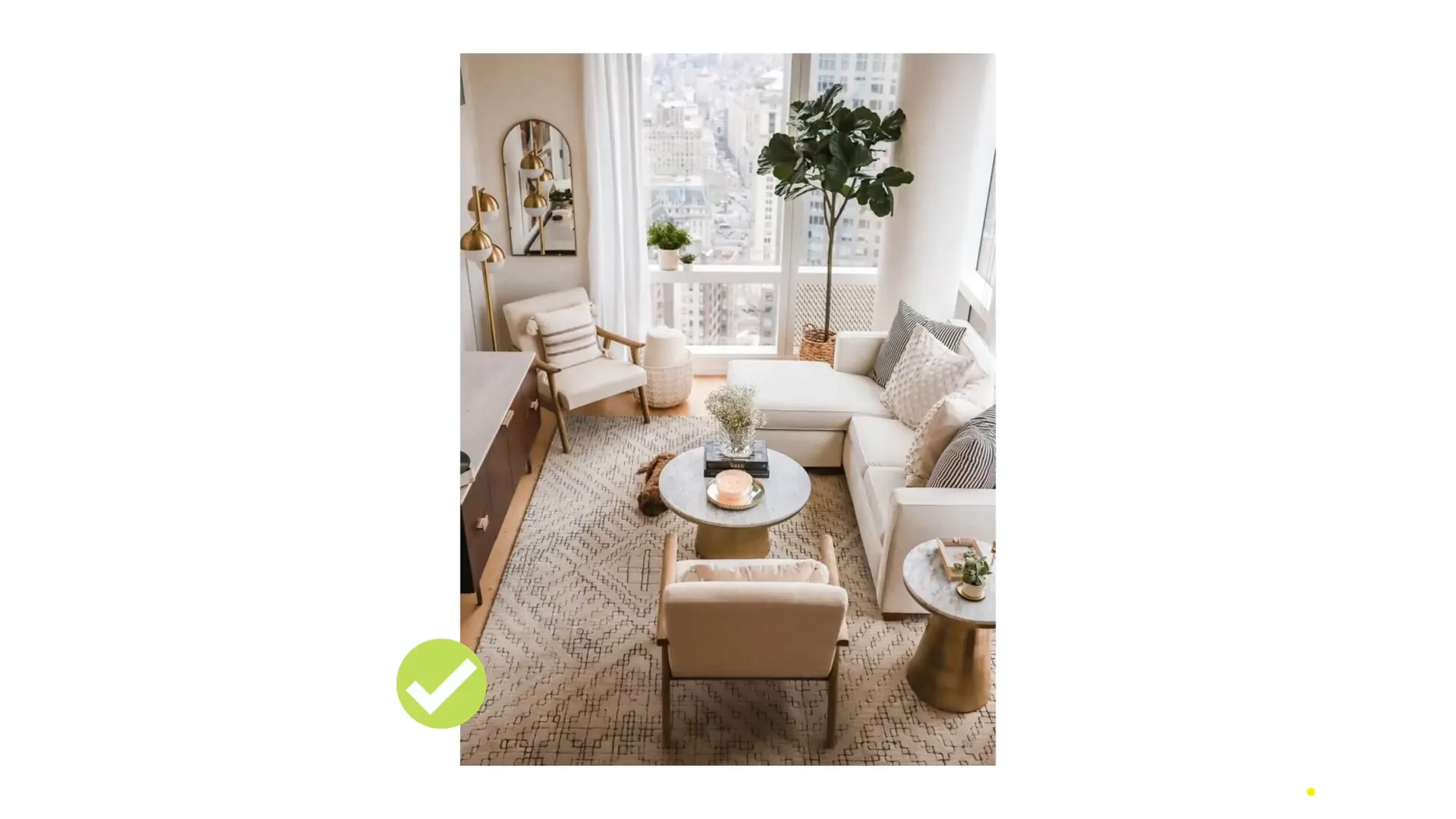
Use Glass or Acrylic to Lighten Specific Areas
Using pieces made from materials such as glass or acrylic can be a great help in transforming the feel of your small living room. These materials have the ability to visually lighten the space and also allow light to flow through, therefore creating a lighter and airier feel. For example, pairing a glass coffee table with a hefty sofa can achieve a more balanced overall look.
For example, an acrylic ottoman or shelves will stop at the edge, rather than seeming to extend beyond the room. Of course, too much transparency can create the opposite feeling, so be aware of overdoing it.
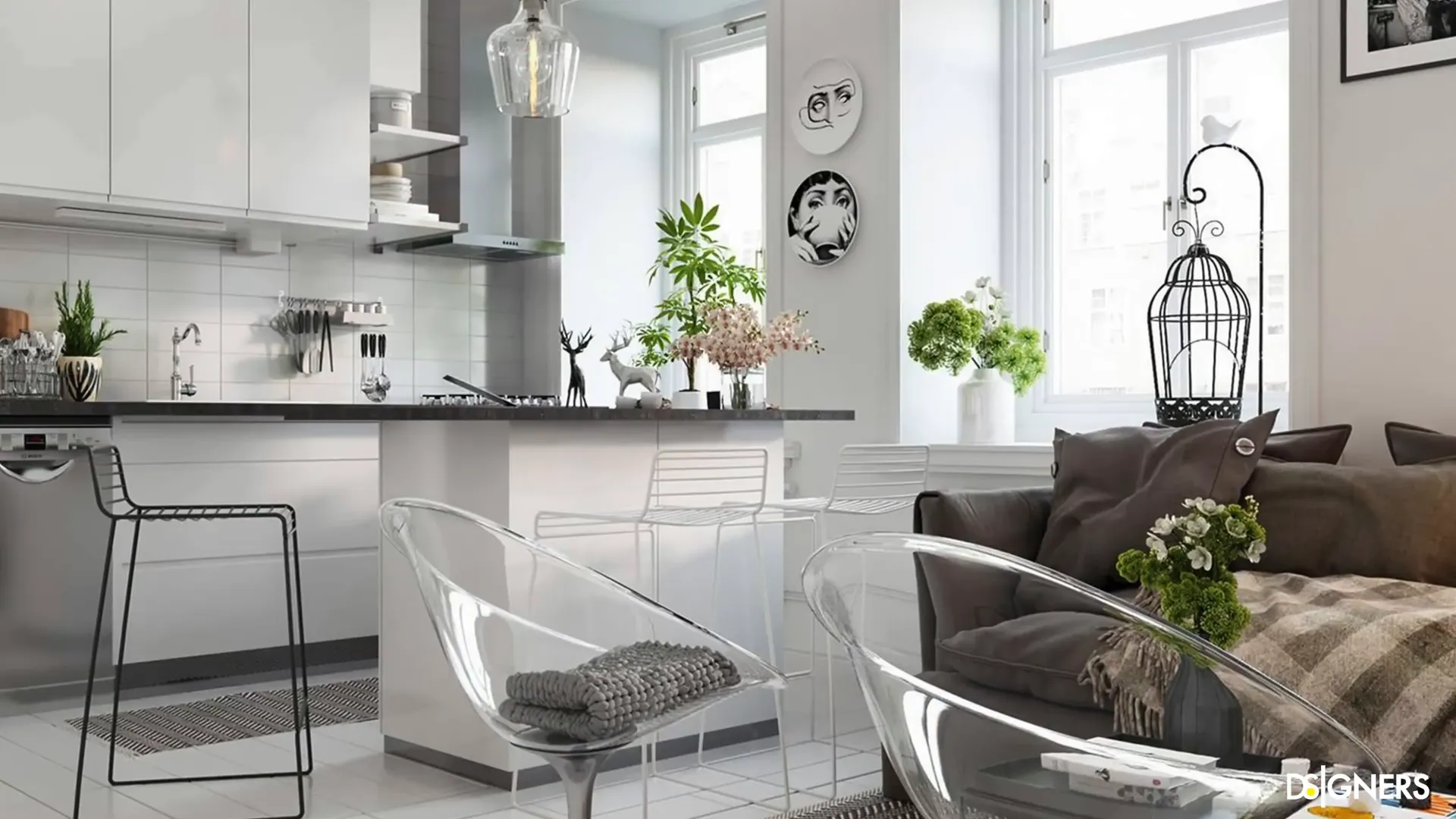
Duplicate the Area with Mirrors
In cramped quarters, it is difficult to escape the fact that mirrors are vital. They amplify light, and they deceitfully create a perception of space where there may be none — a process that, when done well, can actually make the room seem larger than it actually is. Installing large mirrors, or a string of smaller ones, is a great way to create focal points while adding a touch of glamour.
Put a large mirror opposite a window to amplify natural light; or go for mirrored furniture to give a more sophisticated feel while carrying through the airiness.
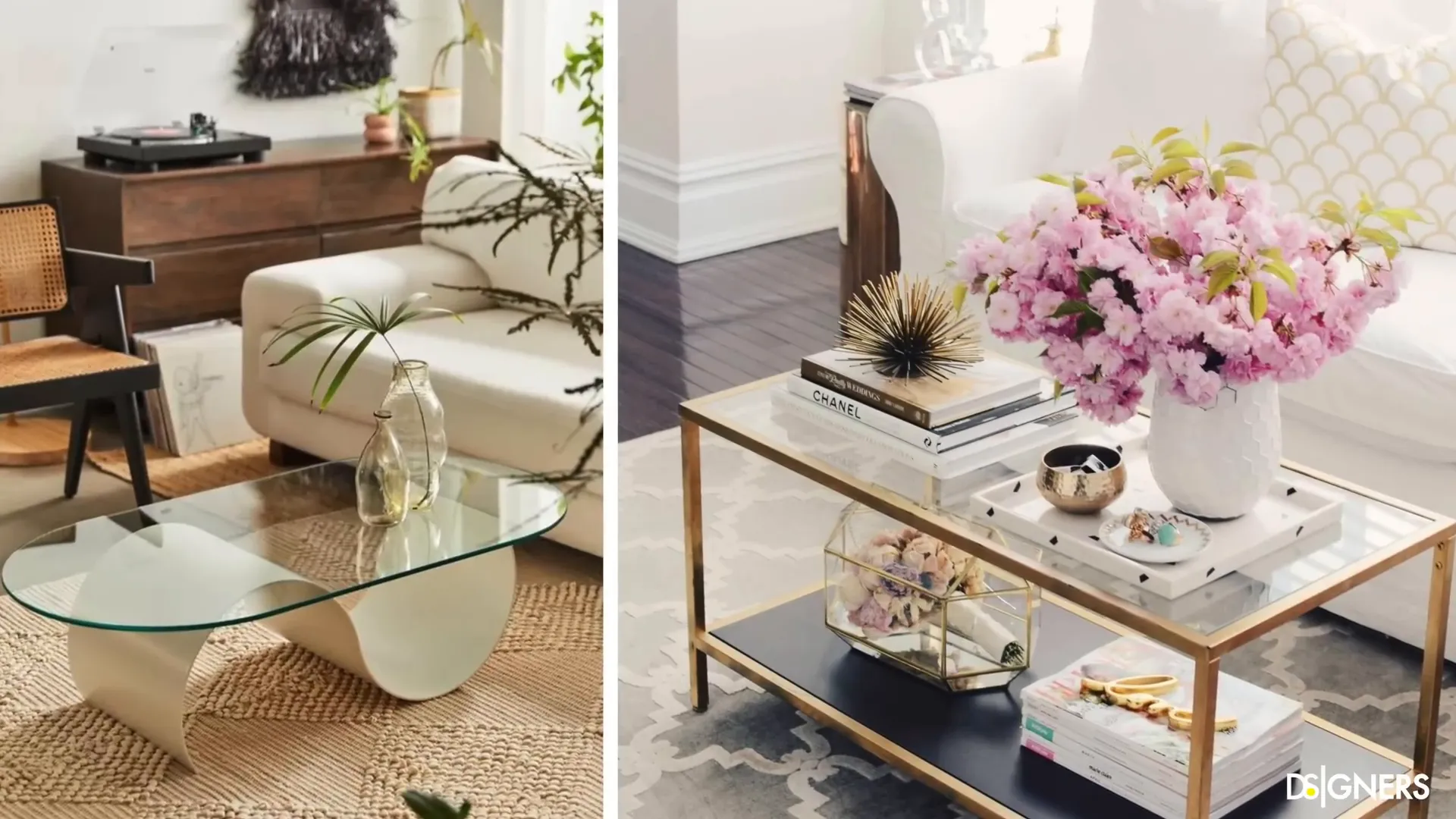
Make the Living Room Interesting by Introducing Nature
Inject a little vibrancy and life (literally) into your small living room by bringing the outdoors in. Add plants to the décor because they’re an easy way to add more colour and will even improve the air quality of a room. Place a tall plant somewhere in the room to draw the eye upwards and increase the perceived height of the space.
If you have no floor space, opt for plants mounted on a wall, or get hanging plants. It helps to keep surfaces free, while at the same time, bringing the outside in.
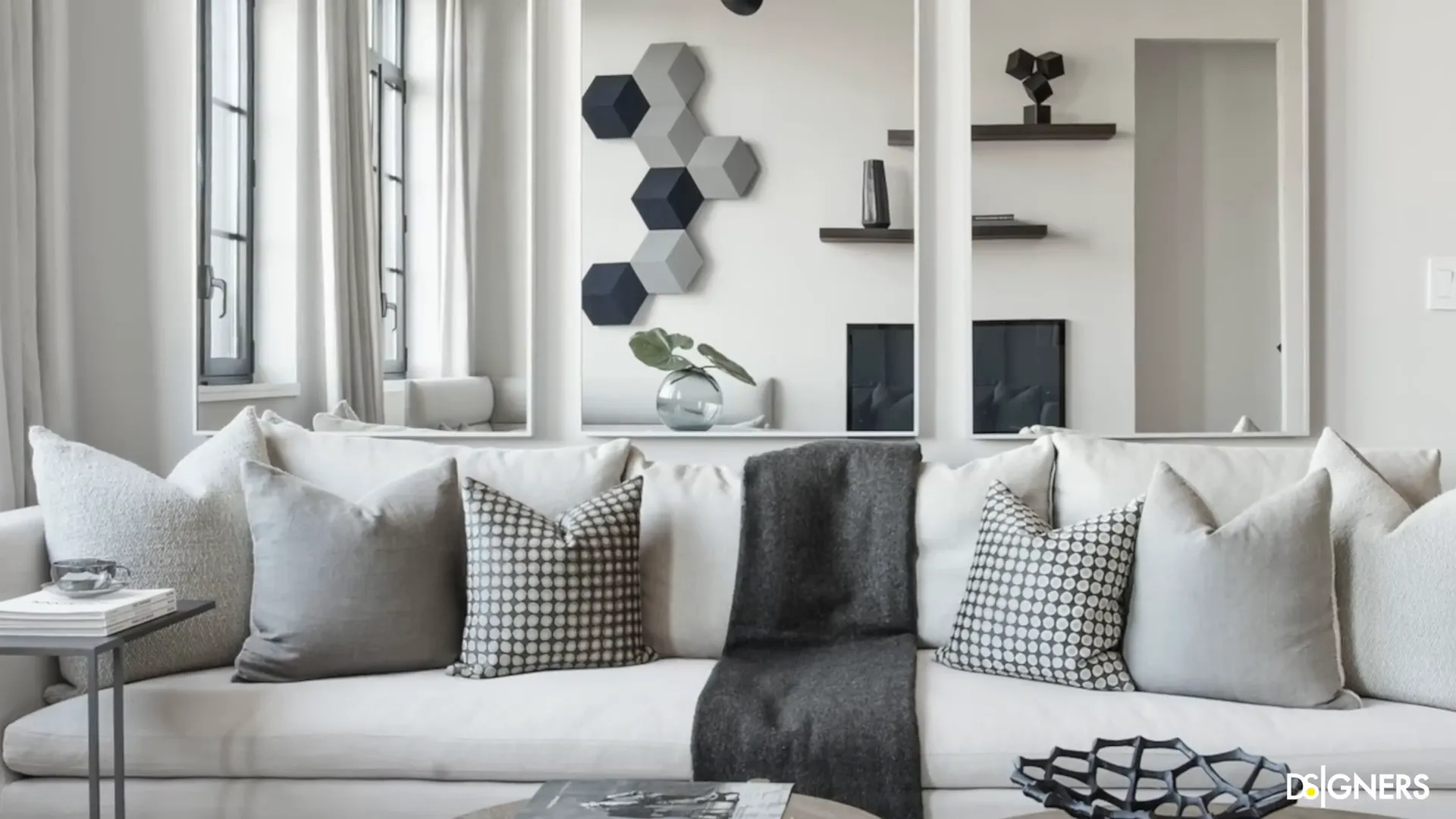
Use Pattern as an Accent
Some pattern can be charming but beware adding too much in one room. Choose cushions and throws or another decorative item to bring in pattern while ensuring you retain full control over your masterplan. Don’t use more than two or three patterns in one living space, and balance them with a good dose of solid colour.
For patterns on larger items, softer colours work better and can be more cohesive with the decor to keep the space feeling pulled together and stylish.
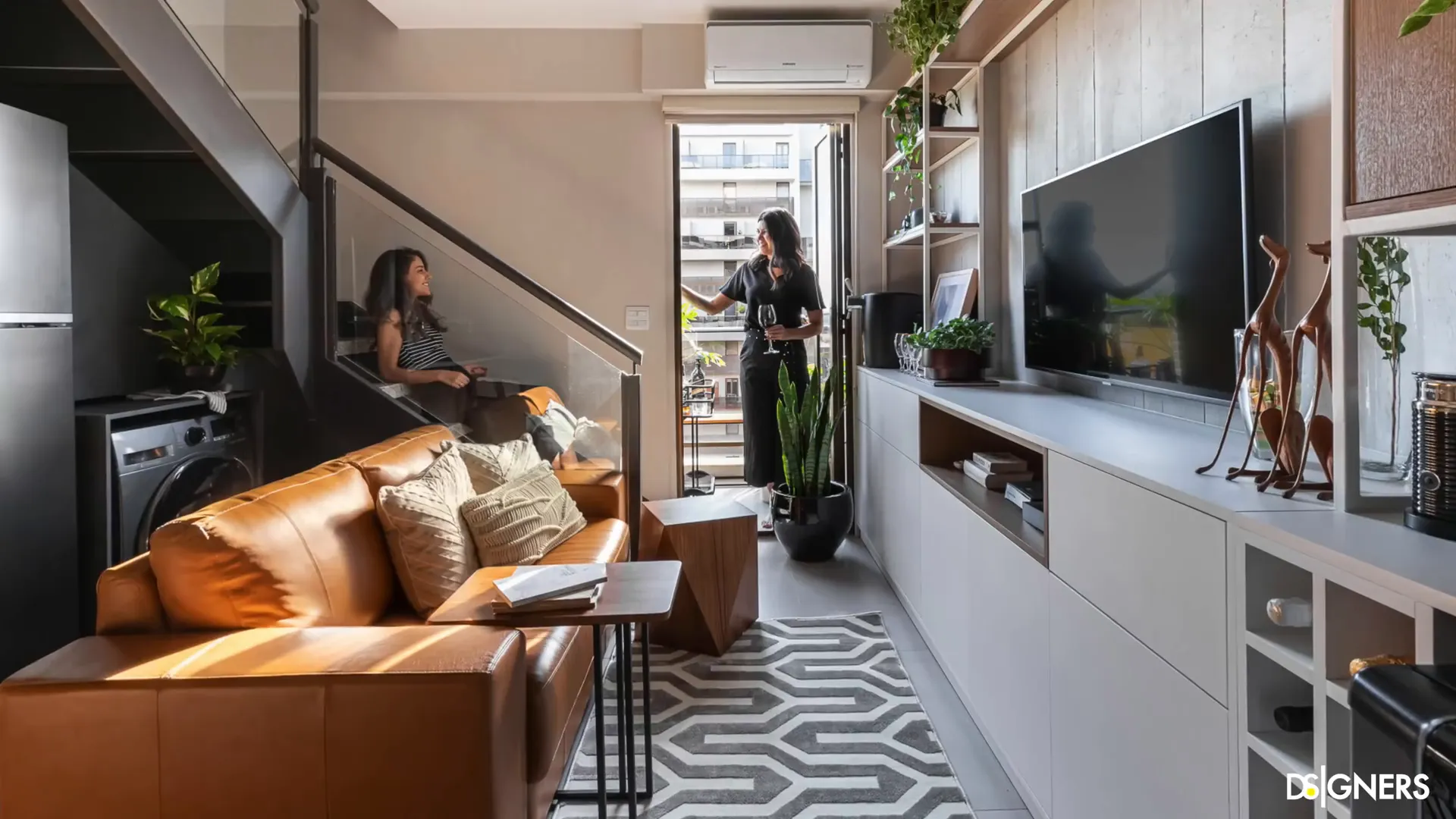
Unify Your Room with the Adjacent Areas
If your living room forms part of an open-plan space – which is good for heating efficiency, by the way – make sure that your other rooms visually complement it. Use the same colours or textures so that it appears to be one large room, but the spaces are clearly defined.
These can include, for example, low-profile furniture elements that will help to maintain visual permeability between areas and make them feel like they’re part of the same space rather than entirely separate entities.
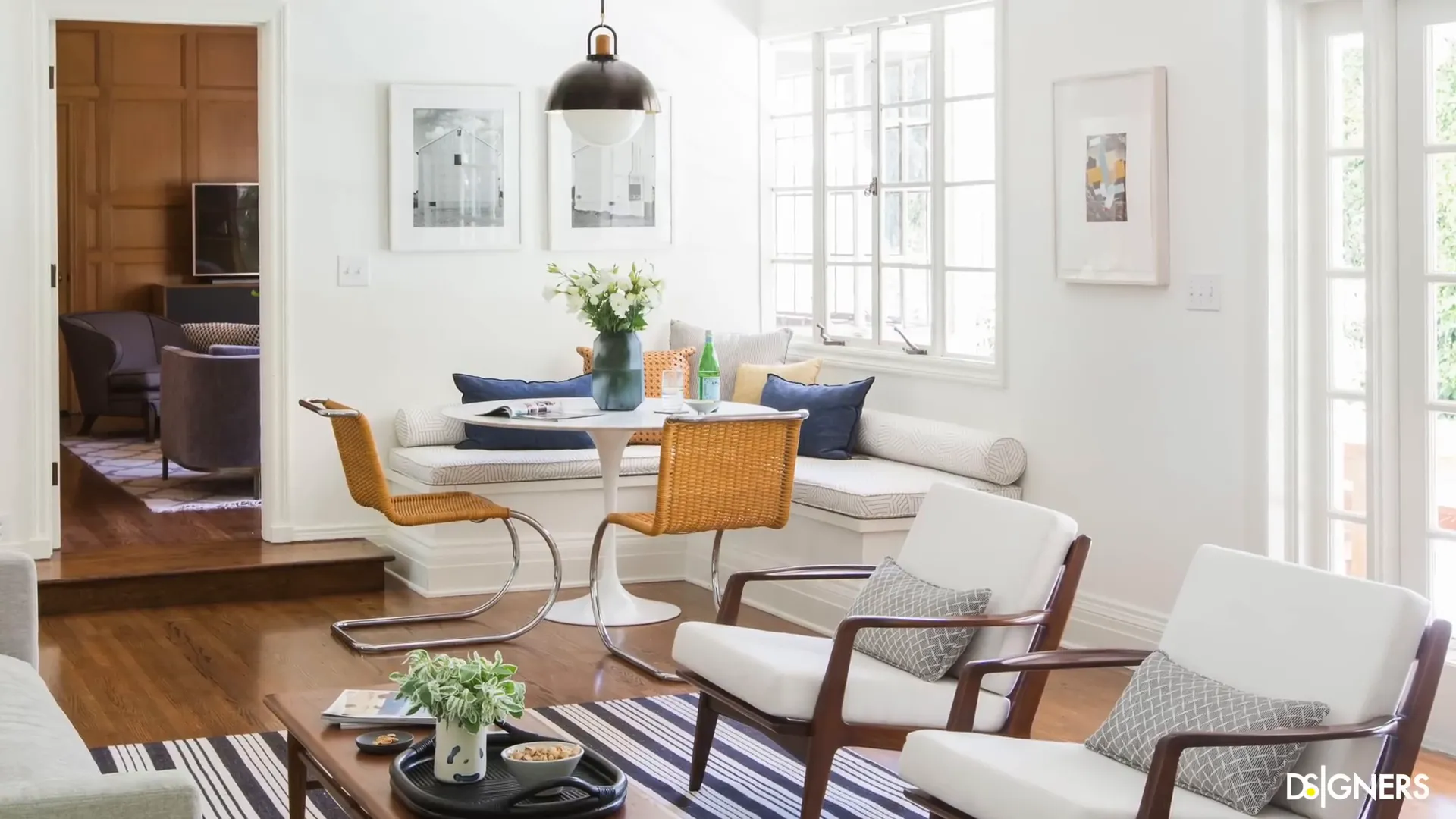
Choose Your Lamps Smartly
Lighting. Lighting is important, but don’t overdo it. Avoid adding many large lamps to your small living room. Try architectural lighting – a set of recessed lights or strip of LEDs that is carefully planned and artefactless, and delivers a good amount of light without giving up precious floor space.
Accompany these with smaller accent lamps in choice locations, such as next to a reading chair, to complete the layered lighting effect, while still creating a cosy space without overpowering the room.
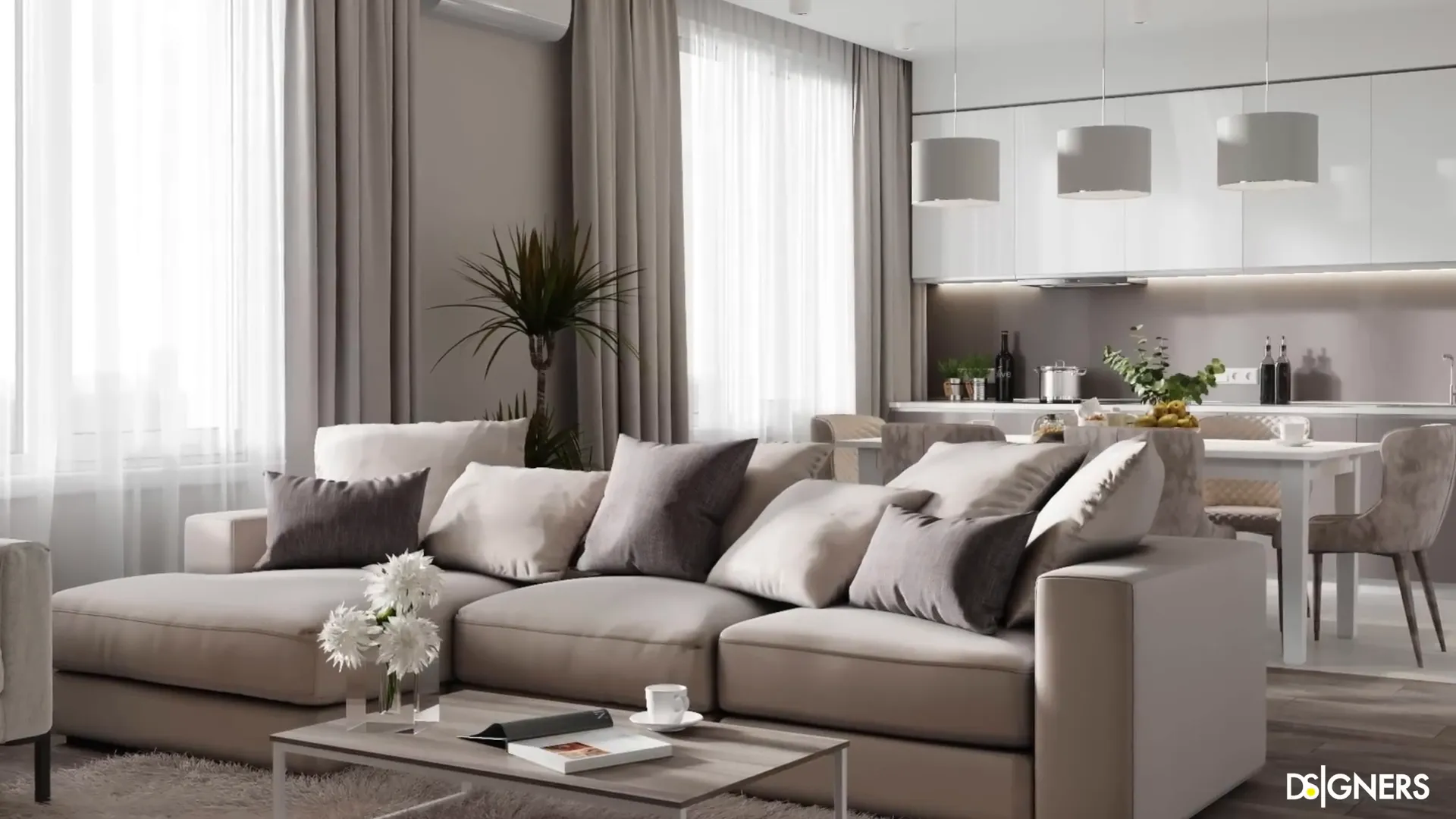
Create Customized Furniture
Small living rooms can benefit from bespoke furniture. It allows pieces, such as a TV unit or bookshelves, to be fitted to your space, with any unsightly compartments being hidden away. This can help to provide not only good storage but coherence with your room’s architecture.
Whether it’s a corner or alcove, find ways to use these empty corners that don’t detract from your desired look. Think of customised solutions that will turn your living room into something that’s just for you and your family.
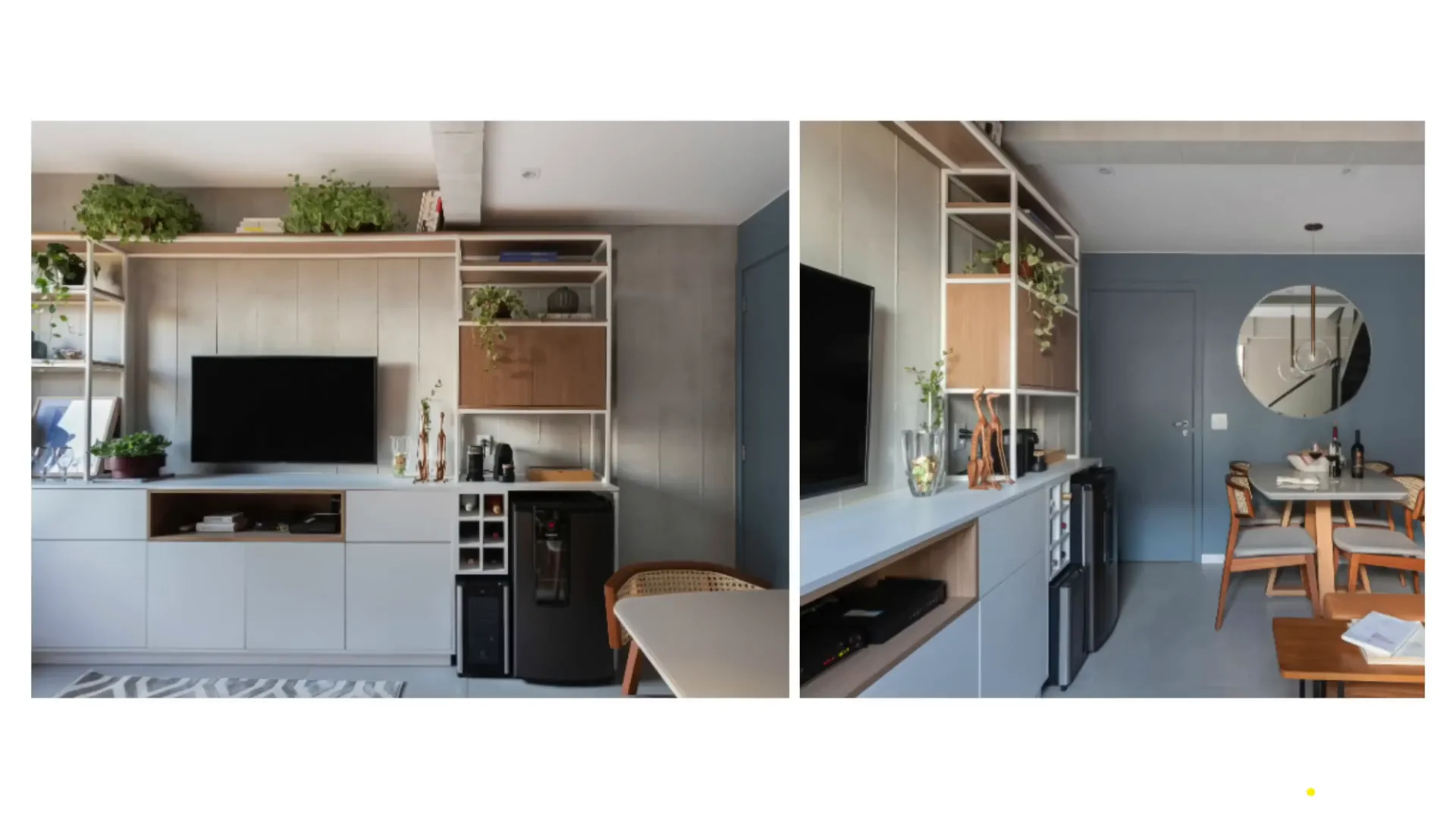
Create a Seamless Transition to an Outdoor Space
If your living room leads to an outdoor one, for instance, then make the furniture in both rooms feel like they reference each other, so that they feel like a complete space. Use similar furniture styles and colours. This can increase the sense of space, and also create permeability between inside and outdoors.
You can also take it outdoors, adding outdoor lighting to expand your enjoyment to nighttime hours. Vertical gardens or illuminated planters can also be a striking visual focal point. You can also take it outdoors, adding outdoor lighting to expand your enjoyment to nighttime hours. Vertical gardens or illuminated planters can also be a striking visual focal point.
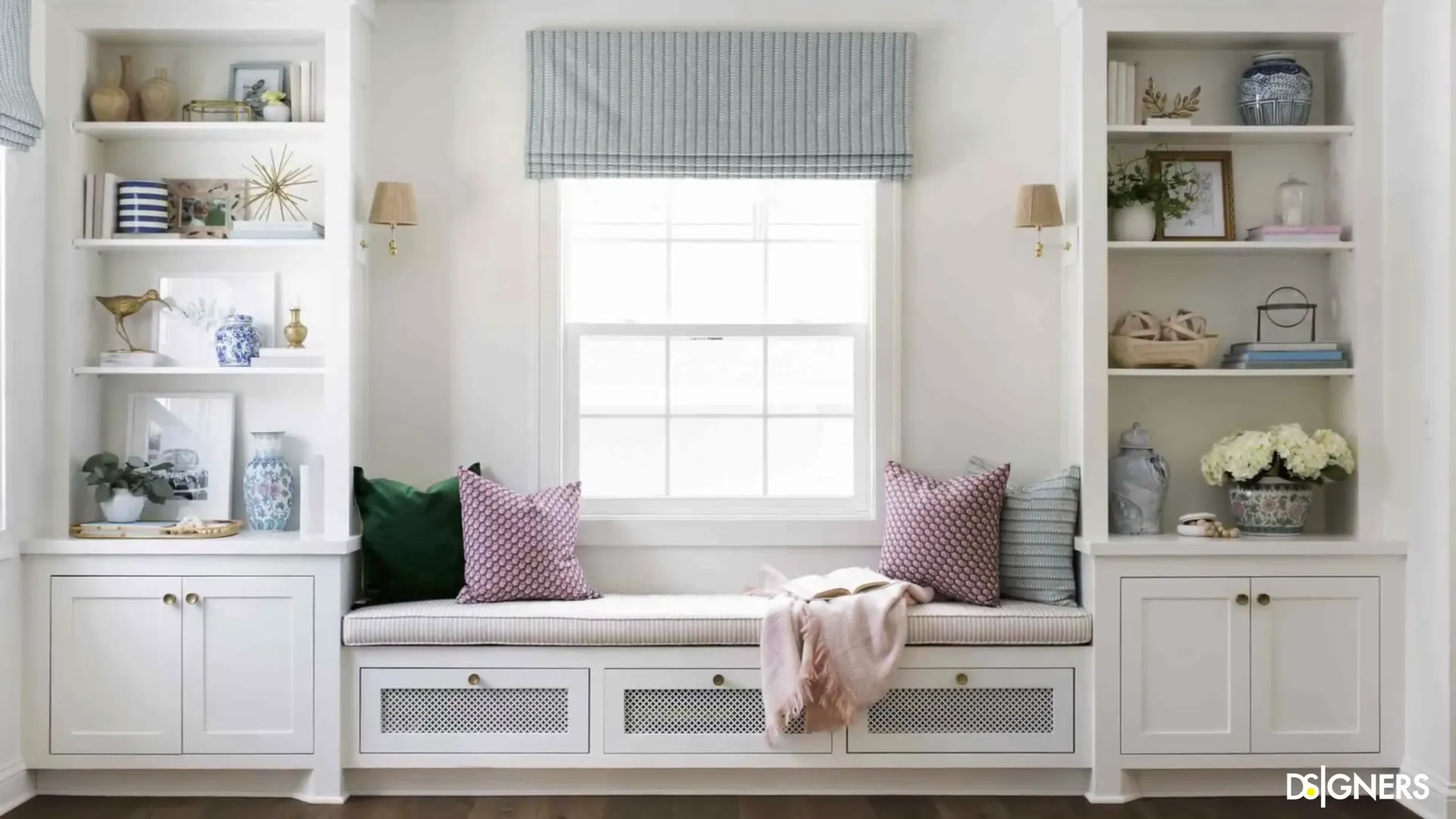




0 Comments